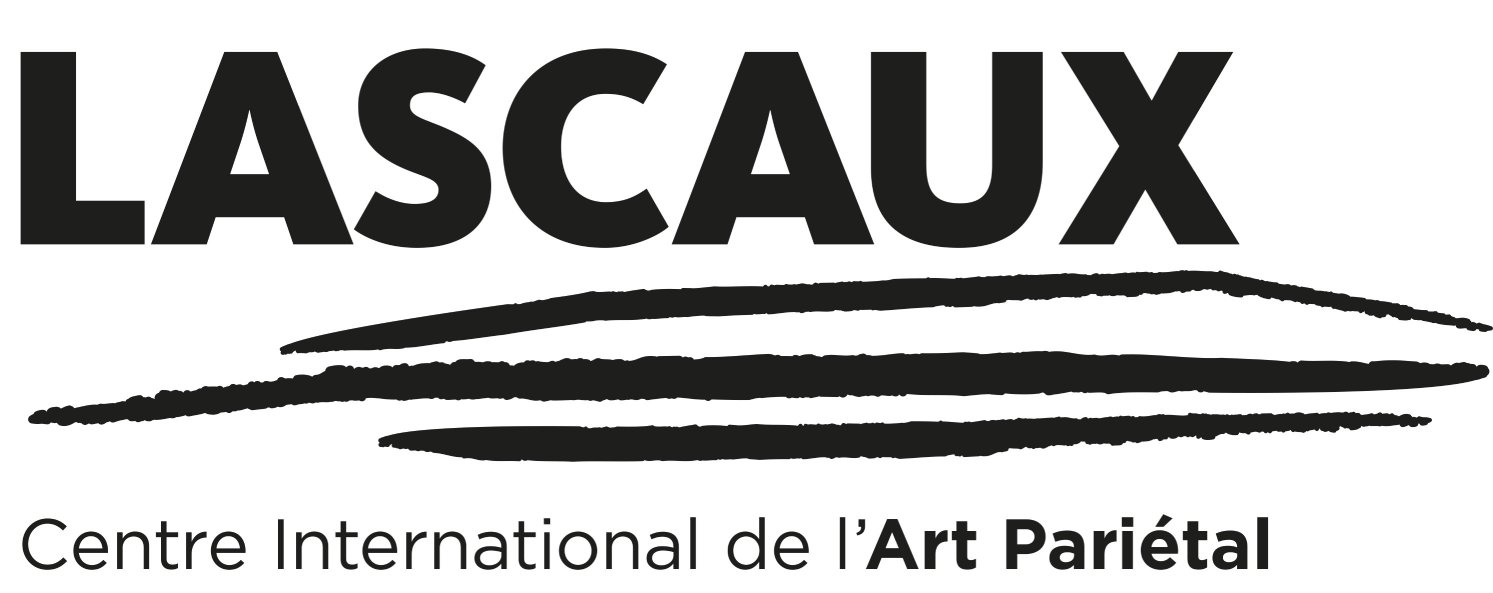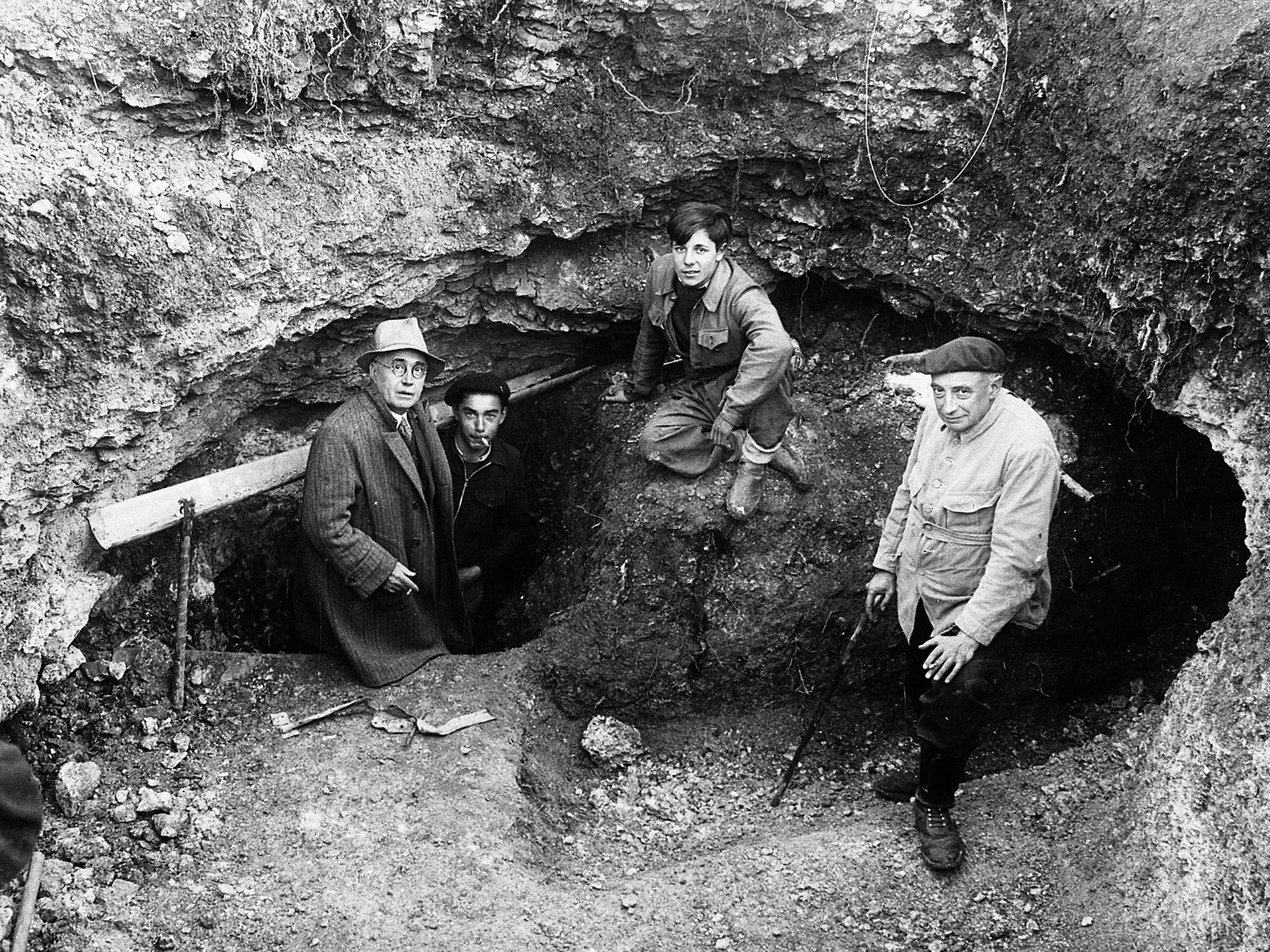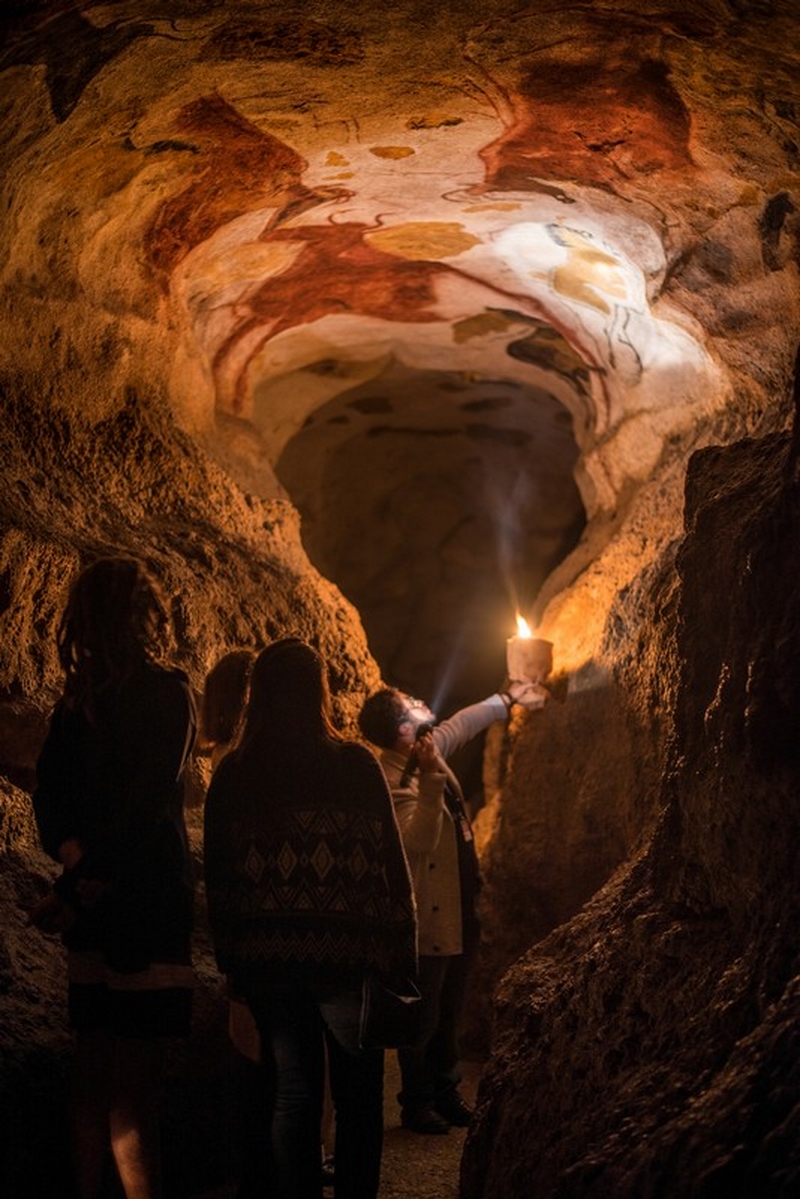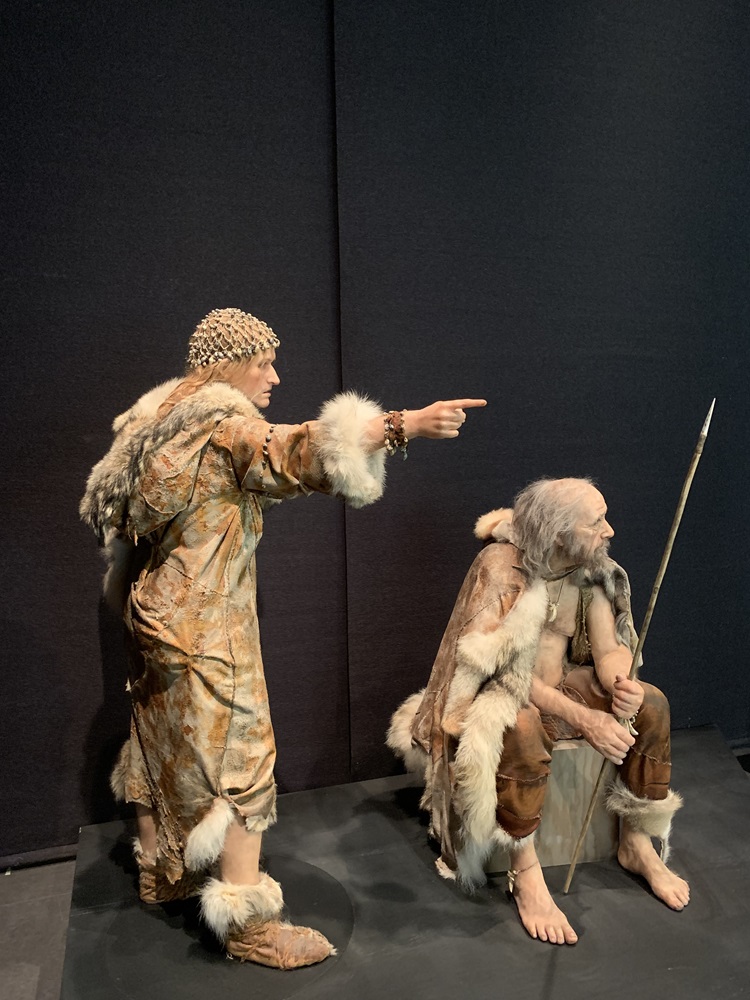The Lascaux cave was discovered by chance in 1940 by 4 teenagers. This discovery offered us a unique and shared adventure : the history of mankind. A true masterpiece of prehistory, the site must be protected. Today, the Lascaux cave can be discovered thanks to 2 replicas in the Dordogne :
• Lascaux II, a partial facsimile of the Lascaux cave, created in 1983 and located just a few metres from the original cave. 80% of paintings reproduced.
• Lascaux IV, a copy of the entire Lascaux cave. The Centre International de l’Art Pariétal, created in 2016, enriches the experience of visiting the cave.
-

1940
Lascaux, the original cave
In 1940, the history of the village of Montignac was turned upside down. On 12 September, four teenagers, Marcel Ravidat, Georges Agniel, Simon Coencas and Jacques Marsal, made one of the most prestigious archaeological discoveries of the 20th century: the Lascaux cave.
Classified as a Historic Monument that same year, the cave soon welcomed its first visitors. Unfortunately, intense tourist activity led to major damage to the frescoes. In 1963, André Malraux, then Minister for Cultural Affairs, decided to close the cave to the public for good.
-

1983
Lascaux II, the first Facsimile
To enable visitors to rediscover the Lascaux frescoes, the Lascaux II copy opened to the general public in 1983. Located just a few metres from the original cave, it is the world’s leading replica, with 80% of the paintings reproduced.
Welcoming a large number of visitors every year, Lascaux II offers intimate and authentic tours, enabling visitors to relive the discovery of the original cave…
-

2010
Lascaux III, the Traveling International Exhibition
Conceived in 2010, Lascaux III is the first and only travelling exhibition devoted to a decorated cave. It is based on fully mobile and demountable replica of the Lascaux cave. Offering a variety of interactive experiences, it enables visitors from all over the world to discover the Lascaux cave.
-

2016
Lascaux IV, the International Centre of Cave Art
In 2016, Lascaux IV opened its doors with the intention of reproducing the entire original cave. Thanks to the expertise and techniques of the Atelier des Fac-Similés du Périgord, the entire original cave has been reproduced.
Combined with cutting-edge technology and in-depth scientific research, visitors are transported on an extraordinary journey… The experience is enhanced by scenographic spaces that provide a better understanding of cave art.
Would you like more details?




